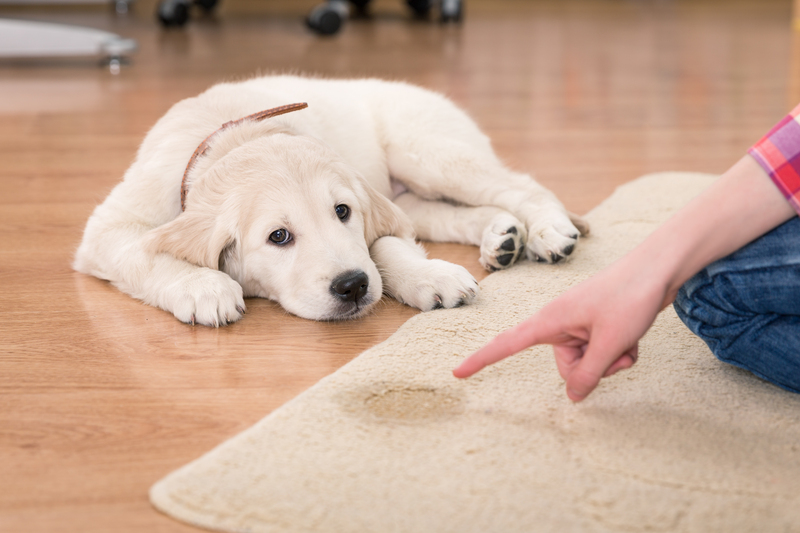Conquer Limescale Buildup
Posted on 25/02/2025
Limescale buildup is a persistent problem faced by many homeowners. This white, chalky substance commonly accumulates in kettles, coffee makers, pipes, and plumbing fixtures, causing inefficiency and increasing energy consumption. Not only does it affect your appliances, but it can also create an unsightly appearance and lead to potential damage that can be costly to repair. Fortunately, there are numerous ways to tackle this issue effectively.
What is Limescale?
Limescale, also known as calcium carbonate, is a hard, chalky deposit formed by the evaporation of hard water. Hard water contains high levels of dissolved minerals such as calcium and magnesium. As the water evaporates, these minerals are left behind, creating limescale deposits. This buildup can vary in severity depending on the hardness of your water and the frequency of appliance use.

Identifying Limescale Buildup
Identifying limescale buildup early on can save you time and effort in the long run. Some common signs of limescale include:
- White, chalky deposits on faucets and showerheads
- Decreased water pressure in showers and faucets
- White spots on dishes and glassware
- Film or residue inside kettles or coffee makers
- Increased energy bills due to inefficient appliance performance
Preventing Limescale Buildup
Prevention is key when dealing with limescale. Here are some effective strategies:
- Install a water softener: A water softener reduces the mineral content in your water, helping to prevent limescale formation.
- Use a limescale inhibitor: These devices can be attached to your water supply and help prevent minerals from crystallizing and forming scale.
- Regular cleaning: Frequently clean your appliances and fixtures with vinegar or a specialized limescale remover to prevent buildup.
Removing Limescale Buildup
When it comes to removing existing limescale, you have several options:
- White vinegar: This household staple is excellent for dissolving limescale. Soak the affected areas in vinegar for a few hours before scrubbing with a brush.
- Lemon juice: The acidic properties of lemon juice can help break down limescale. Apply directly to the affected areas and let it sit for a while before cleaning.
- Commercial limescale removers: These products are specifically formulated to target limescale and can be highly effective. Follow the manufacturer's instructions for best results.
Pros and Cons of Limescale Solutions
Pros
- Improved appliance efficiency: Removing limescale can increase the efficiency and lifespan of your appliances.
- Reduced energy costs: Limescale buildup can cause appliances to use more energy, so removing it can lower your energy bills.
- Better water flow: Removing limescale from pipes and fixtures can improve water pressure and flow.
Cons
- Initial cost: Investing in water softeners or inhibitors can be expensive.
- Maintenance: Regular cleaning and maintenance are required to keep limescale at bay.
- Chemical use: Some commercial limescale removers contain harsh chemicals that may not be environmentally friendly.
Tips to Combat Limescale
- Run vinegar through your coffee maker every month to prevent buildup.
- Wipe down shower doors and faucets after each use to prevent mineral deposits.
- Soak showerheads in a bag of vinegar overnight to clear out any buildup.

Key Takeaways
- Limescale is a common problem caused by hard water.
- Identify and address limescale early to prevent damage to appliances and fixtures.
- Prevention and regular maintenance are essential for managing limescale.
Conclusion
Dealing with limescale buildup can be a daunting task, but with the right strategies and tools, you can effectively manage and prevent it. Regular cleaning, preventive measures, and addressing the issue early on can save you time, money, and hassle in the long run. By understanding the causes and solutions for limescale buildup, you can keep your appliances running smoothly and your home looking its best.

